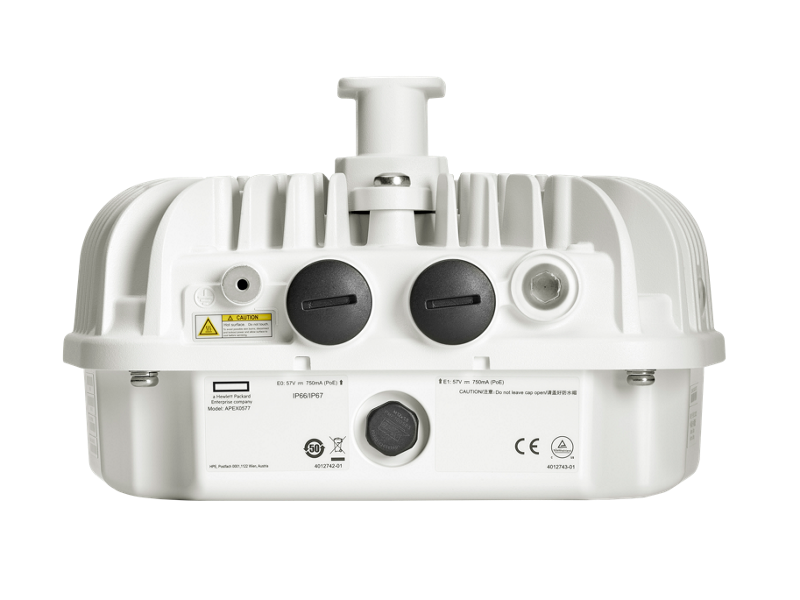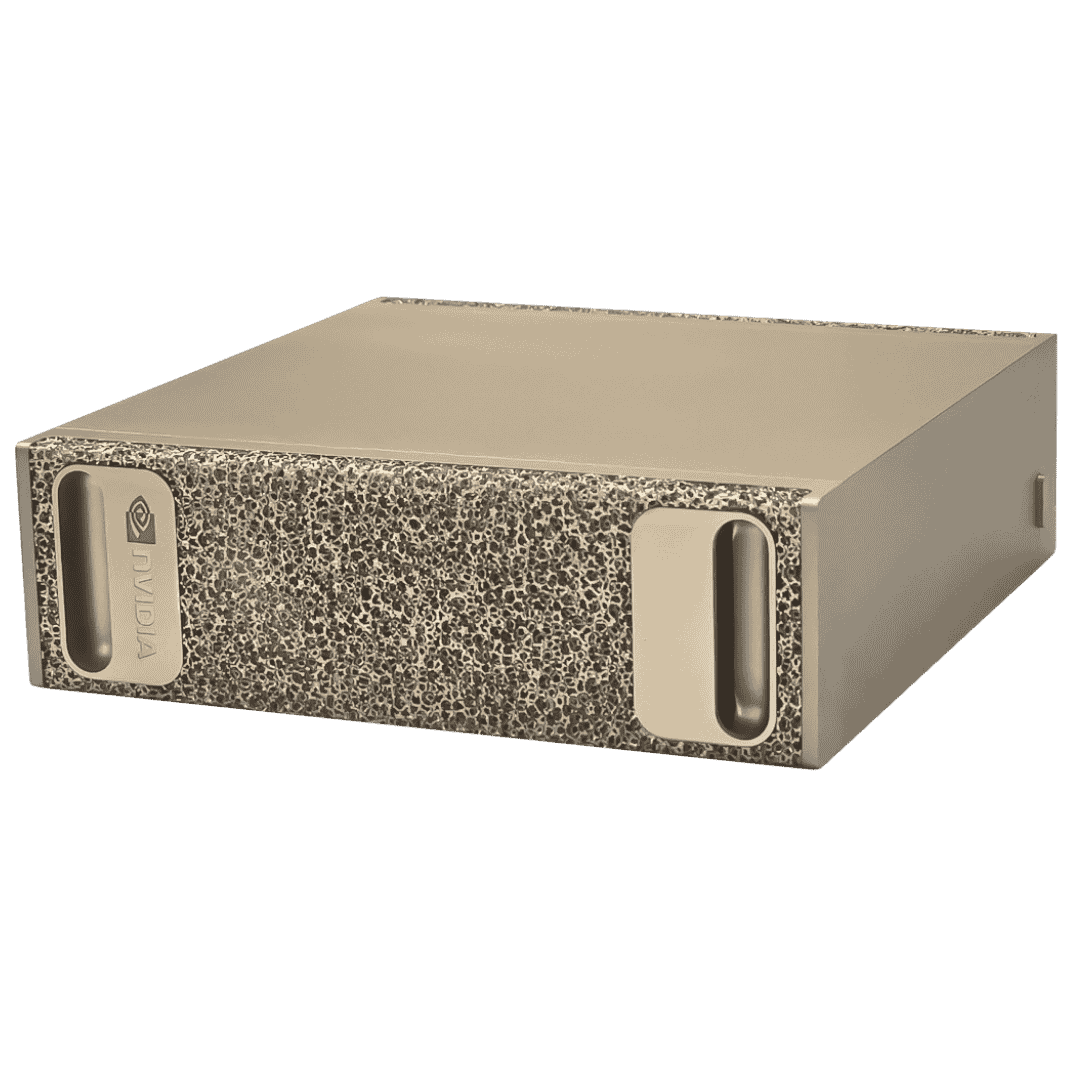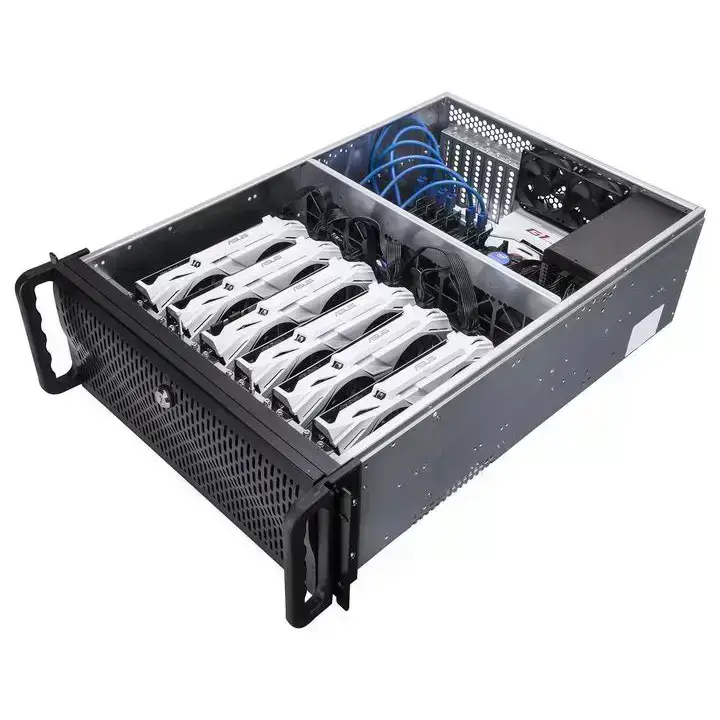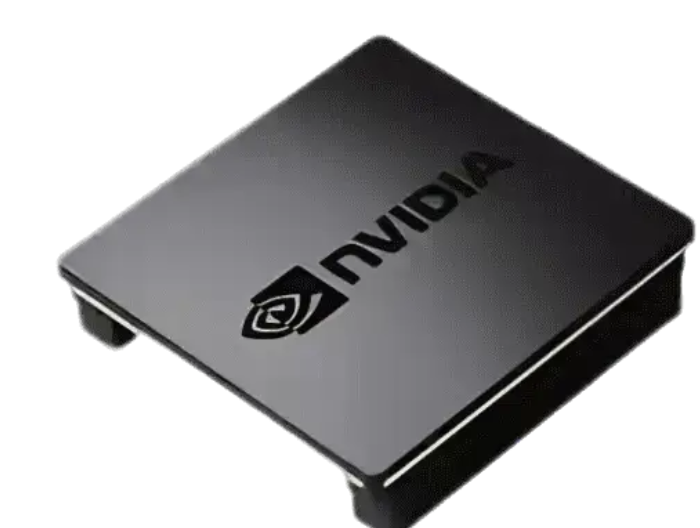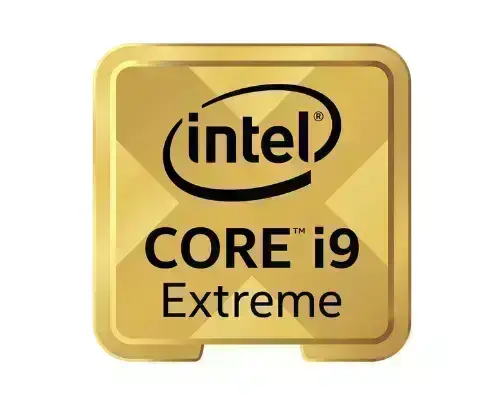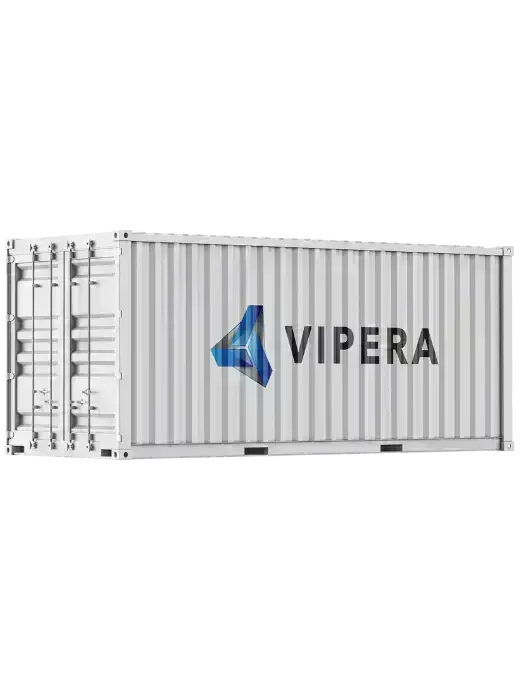In the ever-evolving world of artificial intelligence (AI), performance is everything. As researchers and engineers push the boundaries of what machines can learn and accomplish, the underlying hardware becomes increasingly important. At the heart of this hardware lies memory—and more specifically, memory bandwidth.
You might be surprised to learn that the speed at which a processor can access and move data has a massive impact on how quickly and efficiently AI workloads are handled. In this blog post, we’ll unpack two major types of memory technologies used in AI systems today—HBM2e (High Bandwidth Memory 2 Enhanced) and GDDR6 (Graphics Double Data Rate 6)—and explore why memory bandwidth matters so much in AI workloads. We’ll use real-world examples, industry insights, and visual breakdowns to help you understand these technologies and their applications.
Understanding Memory Bandwidth
Think of memory bandwidth like a highway between your CPU or GPU and your memory modules. The wider the road and the faster the cars can move, the more data gets transferred in less time. For AI, where workloads often include large-scale models and massive datasets, this highway needs to be as wide and fast as possible.
Memory bandwidth is measured in gigabytes per second (GB/s), and a higher bandwidth ensures that processors aren’t left idling while waiting for data to arrive. In AI applications, where milliseconds matter, this difference can significantly affect everything from training time to inference speed.
Introducing the Contenders: HBM2e vs. GDDR6
Let’s take a closer look at the two memory technologies we’re comparing.
HBM2e (High Bandwidth Memory 2 Enhanced)
- Architecture: 3D-stacked DRAM chips vertically integrated with a silicon interposer.
- Bandwidth: Up to 460 GB/s per stack; can exceed 1 TB/s in multi-stack systems.
- Efficiency: Extremely power-efficient and compact.
- Use Case: High-performance AI accelerators and data center GPUs.
GDDR6 (Graphics Double Data Rate 6)
- Architecture: Traditional planar DRAM chips connected via wide buses.
- Bandwidth: Up to 768 GB/s (with a 384-bit memory interface).
- Efficiency: More power-hungry, but simpler and cheaper to manufacture.
- Use Case: Gaming GPUs, prosumer cards, and mainstream AI workloads.

Why Memory Bandwidth Is Crucial in AI Workloads
Let’s step into the shoes of an AI engineer. You’re training a deep learning model with millions (or even billions) of parameters. Each training step requires accessing huge amounts of data, performing matrix operations, and storing intermediate results. This cycle is repeated millions of times.
If your memory bandwidth is too low, your processor ends up waiting. A powerful GPU won’t do much good if it’s sitting idle because the memory can’t keep up. It’s like owning a Ferrari but only being able to drive it on a dirt road.
Training
Training large-scale models, such as GPT or BERT, can take days or even weeks. High memory bandwidth reduces the time it takes to feed data into compute units, dramatically shortening the training process.
Inference
Inference might seem simpler, but it’s just as sensitive to latency and throughput—especially in real-time applications like autonomous driving, voice assistants, or financial trading systems.
Real-World Applications and Industry Adoption
HBM2e in High-End AI Systems
Several leading AI hardware platforms leverage HBM2e for its unmatched bandwidth and efficiency:
- NVIDIA H200 Tensor Core GPU: Succeeds the H100 and features HBM3 memory, setting a new benchmark in performance for generative AI and large language model training.
- AMD Instinct MI300X: AMD’s latest flagship AI accelerator with HBM2e and HBM3 integration, designed for massive AI workloads.
- Intel Gaudi 3: Incorporates HBM2e to enhance performance in AI training and inference, targeting data centers and cloud-scale deployments.
These platforms are built for environments where performance and efficiency are paramount—like data centers and supercomputers.
GDDR6 in Mainstream Solutions
GDDR6 continues to dominate in the consumer and prosumer space:
- NVIDIA RTX 40 Series: Combines GDDR6X memory with powerful GPU cores for gaming and creative tasks.
- AMD Radeon RX 7000 Series: Uses GDDR6 for versatile performance across gaming, content creation, and lighter AI tasks.
- Apple M3 Chips: Continue leveraging unified memory architecture with bandwidth capabilities that rival traditional GDDR6 setups.
GDDR6 strikes a balance between affordability, availability, and performance—making it suitable for small-scale AI models, educational use, and developers testing proofs of concept.
The Road Ahead: What’s Next for Memory in AI?
HBM3 and GDDR7 on the Horizon
- HBM3: Promises over 800 GB/s per stack, potentially pushing total bandwidth into multi-terabyte territory.
- GDDR7: In development with goals of reaching up to 32 Gbps per pin, improving both energy efficiency and data throughput.
These future standards aim to keep up with the relentless pace of AI innovation.
Software Optimization
No matter how fast the memory is, poor software optimization can nullify its benefits. Techniques such as:
- Memory tiling
- Batching
- Precision scaling (e.g., FP16, INT8)
- Data compression
- Prefetching algorithms
...can all improve how memory bandwidth is utilized.
Domain-Specific Hardware
We’re also seeing a trend toward domain-specific accelerators like Google’s TPUs and Graphcore IPUs. These designs often prioritize memory bandwidth as a core architectural feature to meet the growing demands of AI workloads.
Final Thoughts: Choosing the Right Memory for AI
There’s no one-size-fits-all solution. Here's a quick guide to help you decide:
Go with HBM2e if:
- You’re building or using high-end AI systems.
- Power efficiency and space constraints matter (e.g., edge AI, data centers).
- Your workloads involve large-scale training or real-time inference.
Opt for GDDR6 if:
- You’re developing on a budget.
- You’re focused on light AI tasks or gaming-oriented AI (e.g., image enhancement).
- You need flexible, widely available hardware.
AI is revolutionizing industries, from healthcare to finance to entertainment. Whether you’re developing cutting-edge language models or building smarter recommendation engines, understanding the role of memory bandwidth—and how HBM2e and GDDR6 compare—can help you make better technology choices.
